-22%
Unveiling the Afterlife of Suicide: When, How, and Where
Beyond the prevailing discourse of “why” suicide occurs, scholars delve into the less explored realms of “when, how, and where,” shedding light on the materiality and manifestation of this complex phenomenon. By pivoting away from retrospective narratives, they engage suicide in a dialogue with medical humanities, extending beyond individual pathology and medical institutions. This exploration illuminates the subjective and social perspectives that shape suicide, revealing the diverse sites, scenes, and interactions it entails.
Anne Whitehead’s groundbreaking work exemplifies this shift, examining the days, months, and years following a death by suicide. Her poignant and provocative analysis, intertwined with personal reflections on her sister’s suicide, unravels the often-overlooked ways in which suicide weaves itself into our everyday lives. Whitehead’s focus on the aftermath of suicide unveils its ripple effects, impacting individuals and communities with varying degrees of proximity and kinship.
This alternative approach to suicide transcends individual pathology, acknowledging the social and environmental factors that contribute to its occurrence. By expanding the discourse beyond the medical realm, scholars illuminate the multifaceted nature of suicide, encompassing both subjective experiences and societal narratives.
Through critical and textual analysis, scholars engage suicide with the broader humanities, drawing connections between medical understandings, cultural representations, and personal narratives. They explore the ways in which suicide is shaped by social constructions, media portrayals, and historical contexts. By situating suicide within these wider discourses, they reveal its complex interactions with society and culture.
Moreover, the timing and location of suicide play a significant role in shaping its aftermath. The suddenness of suicide can disrupt the natural flow of life, leaving survivors grappling with unresolved emotions and unanswered questions. The site of suicide, whether it be a public or private space, influences the visibility and impact of the event. By considering these temporal and spatial factors, scholars gain a deeper understanding of how suicide reverberates through the lives of those affected.
In conclusion, the exploration of “when, how, and where” suicide occurs expands our comprehension of this multifaceted phenomenon. By moving beyond individual pathology and retrospective narratives, scholars uncover the materiality and manifestation of suicide, its impact on the aftermath, and its connections to the broader social and cultural landscape. This approach fosters a nuanced understanding of suicide, recognizing its complexity and challenging prevailing narratives.
maybe you like these too:
- Relating Suicide: A Personal and Critical Perspective (Critical Interventions in the Medical and Health Humanities) (Original PDF from Publisher)
- Suicide Prevention after Neurodisability: An Evidence-Informed Approach (Academy of Rehabilitation Psychology Series) (Original PDF from Publisher)
- DBT and Art for Youth Suicide Prevention (Original PDF from Publisher)
- Patient and Staff Voices in Primary Care: Learning from Dr Ockrim and her Glasgow Medical Practice (Original PDF from Publisher)

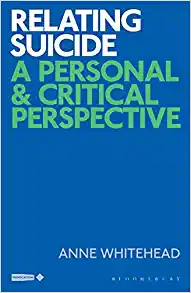
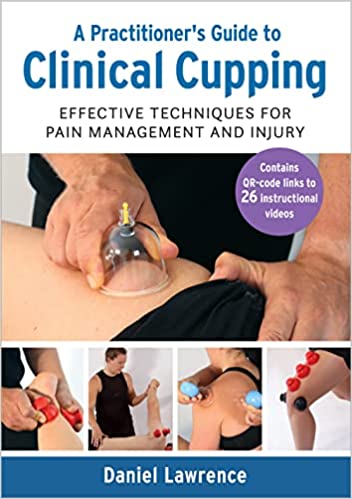
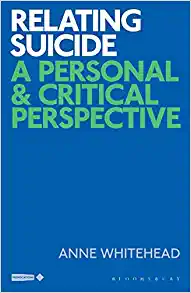

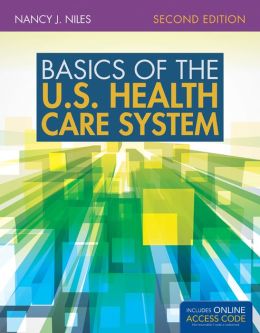

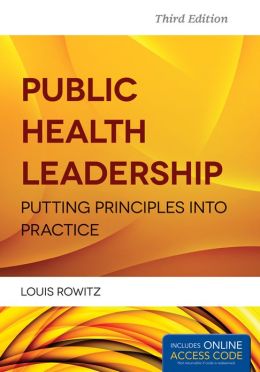
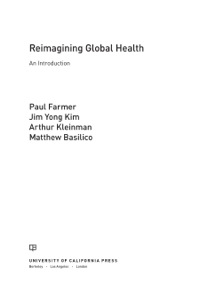
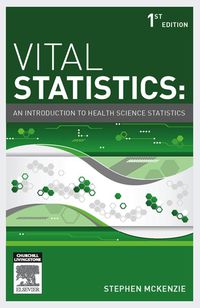
Reviews
Clear filtersThere are no reviews yet.